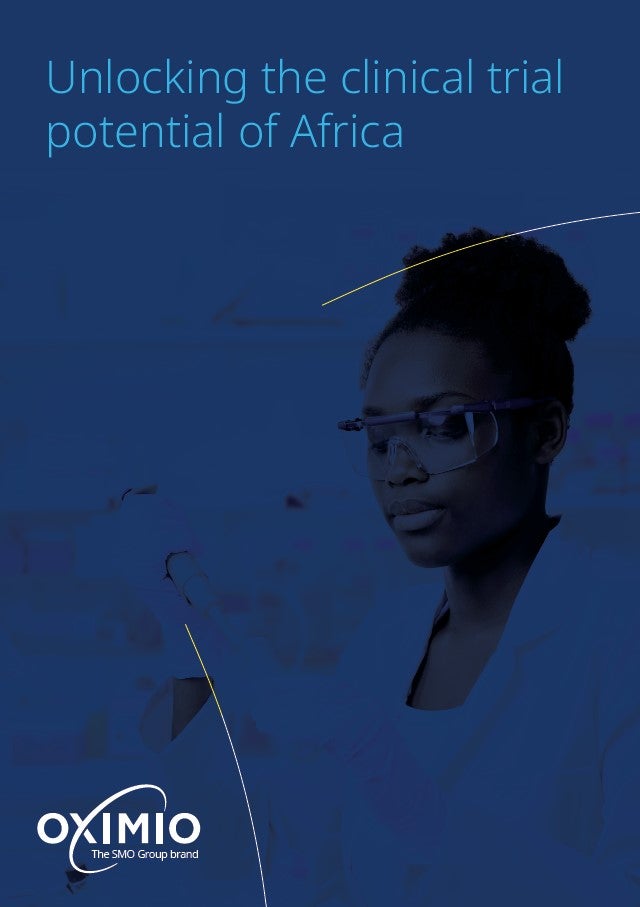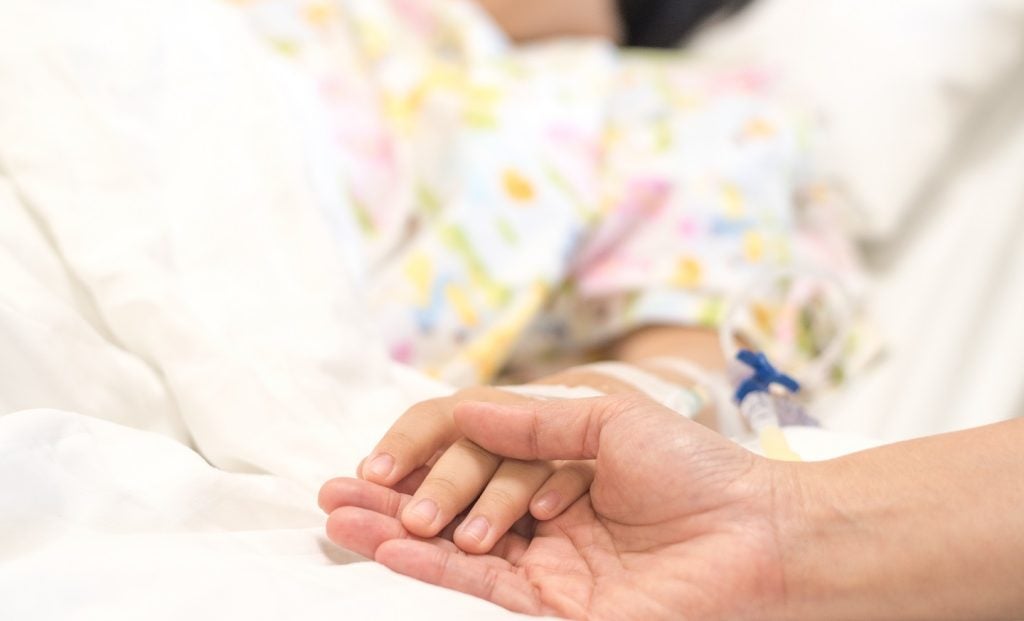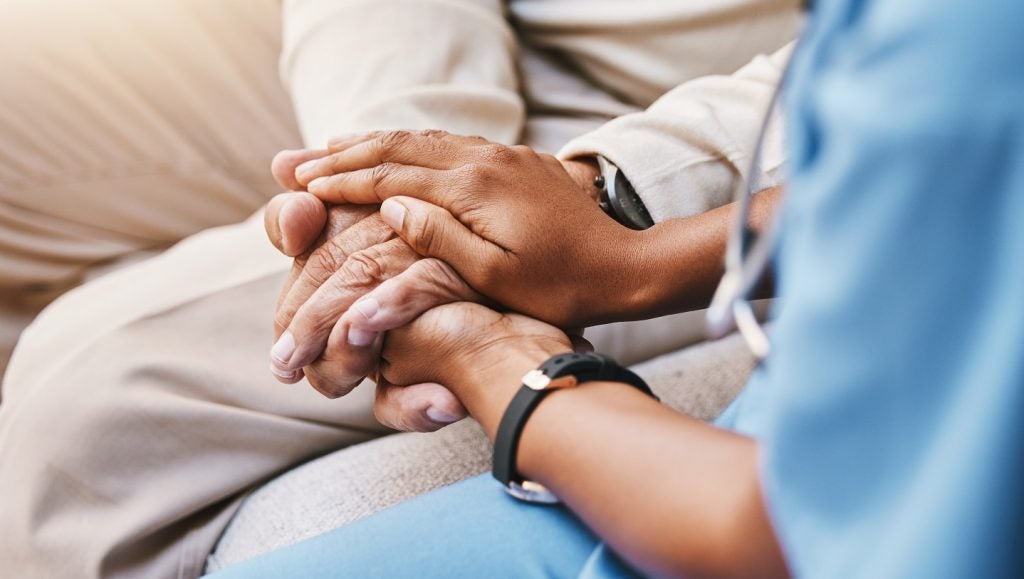Biogen has reported that the Phase II LILAC clinical trial of BIIB059 has met the primary endpoints in patients with cutaneous lupus erythematosus (CLE) and systemic lupus erythematosus (SLE).
BIIB059 is an IgG1 monoclonal antibody (mAb) designed to target blood dendritic cell antigen 2 (BDCA2), which is expressed on plasmacytoid dendritic cells in lupus patients.
LILAC trial compared the safety and efficacy of 50mg, 150mg and 450mg doses of the drug candidate to placebo. It enrolled 132 patients with active CLE, irrespective of their systemic manifestations, and 132 individuals suffering from SLE with active joint and skin manifestations.
The CLE portion of the trial met its primary endpoint of the percentage change in the Cutaneous Lupus Erythematosus Disease Area and Severity Index Activity (CLASI-A) score from baseline to week 16.
CLE patients on the 50mg, 150mg and 450mg BIIB059 doses showed a 40.9%, 48% and 42.5% decrease in CLASI-A scores, respectively, compared to 14.5% when treated with placebo.
How well do you really know your competitors?
Access the most comprehensive Company Profiles on the market, powered by GlobalData. Save hours of research. Gain competitive edge.

Thank you!
Your download email will arrive shortly
Not ready to buy yet? Download a free sample
We are confident about the unique quality of our Company Profiles. However, we want you to make the most beneficial decision for your business, so we offer a free sample that you can download by submitting the below form
By GlobalDataIn addition, the SLE part met its primary endpoint, demonstrating reduced disease activity measured as change in total active joint count from baseline to week 24.
Total active joint count is determined as the number of tender or swollen joints.
Across secondary endpoints, patients also experienced improvements in skin disease and overall disease activity. Biogen added that the safety and tolerability profile of the drug candidate backs its further development.
Biogen Lupus and Multiple Sclerosis Portfolio vice-president Nathalie Franchimont said: “We are excited by the LILAC study results, and the potential for BIIB059 to be a meaningful new treatment option for patients living with lupus.
“We also believe these results support Biogen’s goal of continuing to build a multi-franchise portfolio by bringing potential new treatment options to people with great unmet medical need.”








